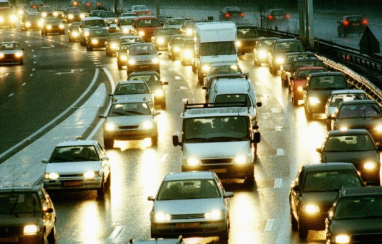- bb8587 adidas women sneakers new release
- Midnight Navy / White , lower NIKE AIR JORDAN 1 MID SE DENIM CINNABAR HEMP-WHITE - lower Nike SB Kearny Cargo Pants - IlunionhotelsShops
- Yeezys - Jordans, Musee-jacquemart-andre News, Jordan Essentials Statement Hoodie - release dates & nike.
- IetpShops , adidas Running Spring/Summer 2010 Preview Oscillate & Regulate , Tênis Adidas Originals Nmdr1 Preto Branco
- nike air force 1 uv color change da8301 100 101 release date
- Air Jordan 1 Paisley Bandana Release Date
- Air Jordan 1 University Blue 555088 134 Release Date Price 4
- air jordan 4 white tech grey black fire red ct8527 100 release date
- best nike basketball shoes
- new air jordan 1 high og osb dian blue chill white cd0463 401
- Home
- News and analysis
- Info hubs
- Events
- Video
- Case Studies
- About us
- Magazine
- Advertising
Produced for the industry by the Association for Consultancy and Engineering
Opinion
Squeezing capacity out of Britain’s roads and railways
Making better use of the infrastructure we already have will increase the chances of getting a better return on every pound invested in new capability, says Patrick Bossert.

Would you drive the wrong way down a one way street? Nor would I, but the time is rapidly approaching when fixed constraints on Britain’s infrastructure - like fixed speed limits and one-way traffic flows - could become serious obstacles to getting the most out of the infrastructure we already have.
In Britain we’re spending an average of £50bn every year on central-government-funded infrastructure projects, according to some recent estimates, yet the reality is that by the time they’re built, demand is likely to have caught up and we may have to build more. It’s time to take a closer look at what we already have in place. If we can make better use of existing infrastructure, we’re also likely to get a better return on every pound invested in new capability. What’s more, the infrastructure the UK has already built doesn’t come free - recent research has estimated that it costs an average of £20bn every year to maintain, operate and renew. That’s a pretty eye-watering number when you think how many years that infrastructure will last.
So what has changed to make us think we can do something different? The answer is, unsurprisingly rooted in information. Organisations now have the ability to collect data ‘over the air’ from mobile-data-enabled sensors, access low-cost data storage, and have the computing power to make insights actionable in near-real-time. Big data has become a buzz word in some circles, however, useful data, collected to meet a specific need, carefully blended and analysed correctly is another matter altogether.
Information allows us to understand business and social challenges better. Looking at Britain’s growing population, our rapidly-expanding cities and the ever-increasing role of the service sector as a driver of economic growth, the challenge of connecting more people with jobs is a vital one to address. If we allow our streets to clog up with more traffic and push people on to already overcrowded trains, much as Paris found to its peril 30 years ago, it the economy and prosperity of a city may start to be impacted.
Knowing what road and rail assets a city has, data on how they are used, who and what uses them and what the changing demand patterns look like enables a new type of integrated decision-making. Network Rail’s Digital Railway project used railway capability and performance information to model options for addressing constraints and demonstrated the potential to add up to 40% more peak-time trains (and seats) into city termini without building new tracks.
The model called for replacing signals with digital technology to run trains closer together as well as a ‘central digital brain’ to adjust speeds to optimise the flow of traffic through junctions and other pinch-points.
Road networks have a similar dynamic, with tidal flows of traffic and a need for better speed and traffic flow optimisation at pinch points. Roads are rarely jammed in both directions at the same time so their raw capacity is equally underused in some cases.
Taking it up a level, we need to look at modelling constraints on an integrated road and rail model, or a transport and city model. This could potentially reveal the best places to build road and rail interconnections that maximise road use and benefit from a high-frequency suburban rail system.
In conclusion, there’s a lot of spare capacity in today’s infrastructure. If we learn how to exploit it, we could solve some of the big economic and social challenges sooner, and make future investments far more effective. An infrastructure capability model, consistent across multiple disciplines, is the key to unlocking such value. It doesn’t yet exist, but we are likely to become the first country to develop a new infrastructure capability modelling standard.
Hopefully this will spur the development of new tools and services to harness information about the built-environment. By analysing infrastructure, we can enable better, integrated planning activity at a city, region and national level which will in turn help drive greater skills and services export opportunities.
Patrick Bossert is head of infrastructure asset intelligence at EY.






